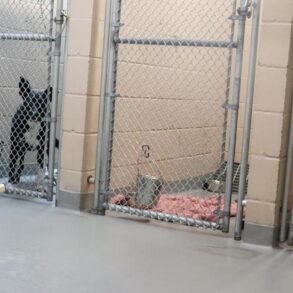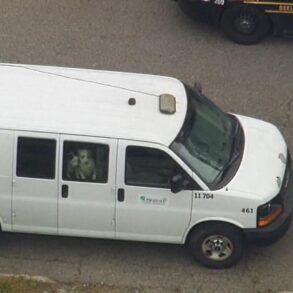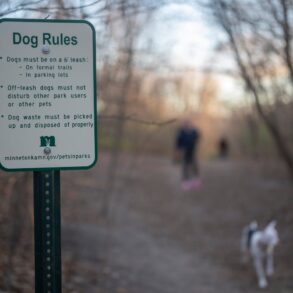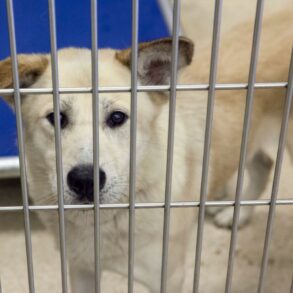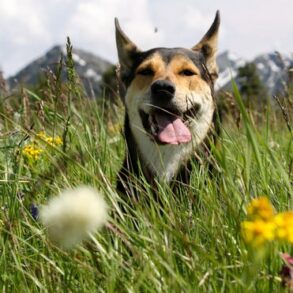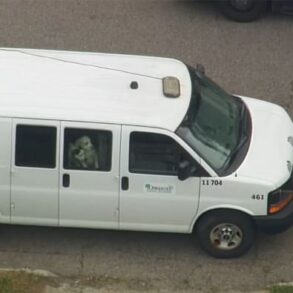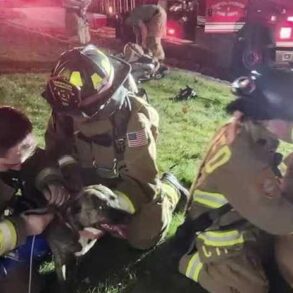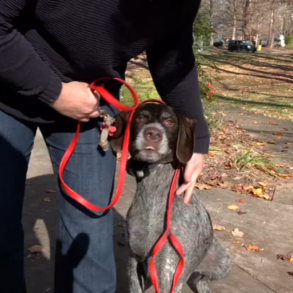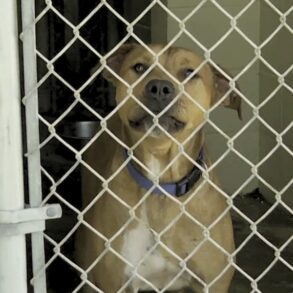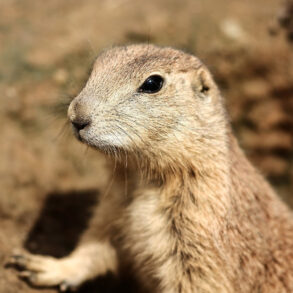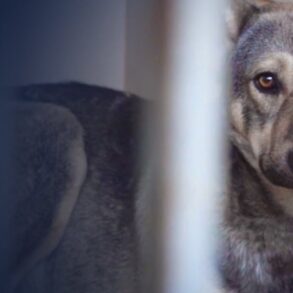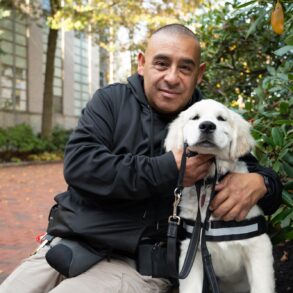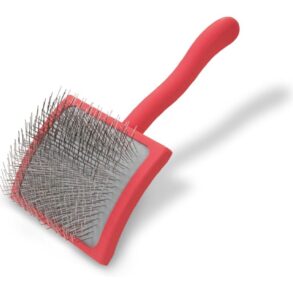Dogs with bigger brains relative to their bodies aren’t necessarily smarter, a new study finds.
The research, published Nov. 13 in the journal Biology Letters, suggests that while working dogs may have more complex abilities compared with other breeds, they’re organized into a more compact space in the brain. This differs from what’s seen in evolutionary history in wild mammals, where as brains get bigger relative to body size, cognitive skills tend to become more complex.
“In other groups [of species] relative brain size is indicative of higher cognitive abilities — here we see the opposite,” said Ana Balcarcel, lead author of the new study and an evolutionary biologist at the Montpellier Institute of Evolutionary Sciences in France.
The study compared the ratios of dogs’ brain size to body size by measuring 1,682 skulls of adult dogs covering 172 breeds housed at the Natural History Museum Bern in Switzerland. The researchers calculated the dogs’ “relative endocranial volume” — their brain size relative to their body size. Scores for 14 behavioral traits were also taken from the Canine Behavioral Assessment and Research Questionnaire, a standardized behavioral evaluation of dog breeds that measures trainability, attention-seeking behaviors, aggression and other traits.
“Working” breeds, like Siberian huskies bred to perform complex skills to assist humans, had the smallest brains relative to their body size. “Companion” breeds, like Chihuahuas bred primarily to be pets, had the largest relative brain size.
Related: Why do dogs look like their owners?
Relative brain size was smaller in dogs that were more trainable — typically, working breeds like Siberian huskies, Great Pyrenees and rottweilers. Working breeds perform human-assistance roles such as search-and-rescue, guiding and policing, and previous research has shown that they have better executive function — meaning greater behavioral control and short-term memory — than other dog breeds. Bigger dogs have a different composition of internal brain tissues than smaller dogs, said Balcarcel.
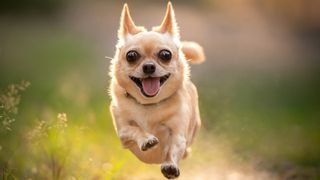
Previous research has suggested that bigger brains tend to correlate with higher survival odds, better decision-making and higher information processing capacity, so the findings of the new study were surprising, Balcarcel said.
“The key difference here is that dogs are not in a natural environment,” Balcarcel said. “They are a function of artificial selection… a very directed selection, evolution under human hands.”
The study also found that dog breeds with larger relative brain size — mostly toy breeds, like Chihuahuas, Pomeranians and Yorkshire terriers Pomeranians — tended to show higher levels of fear and aggression, separation anxiety and more attention-seeking behaviors.
These toy dogs are bred mainly as human companions, making affection and attention-seeking favorable traits for breeding and passing on through artificial selection. Fear and aggression may not have been as disadvantageous to these breeds as they would have been for working dogs, which have been bred to be more trainable, Balcarcel speculated.
“We can say that we have really altered the brains — not just the body sizes and the proportions of different dogs, but it looks like we have also changed their brains in a significant way,” Balcarcel said.
Next, the team plans to compare different breeds’ brain form and function. Variation in the shape of the neocortex — a part of the brain responsible for higher-level functions — across dog breeds could shed light on the senses and functions that are important for different types of dogs, Balcarcel said.
Studying brain form in dogs could also answer questions about evolution and domestication. The brains of domesticated dogs (Canis lupus familiaris) are about 20% smaller than those of wild gray wolves (Canis lupus) relative to body size, yet compared with wild gray wolves, domesticated dogs are more specialized for complex social skills cooperating with humans: following humans’ gaze and interpreting human pointing gestures, for example.
Balcarcel reminded dog owners that, no matter your dog’s brain-to-body size ratio, the findings don’t necessarily translate directly to your dog’s intelligence. “Dogs have been bred for different cognitive abilities,” Balcarcel said, “so even if your dog is on the small-brained end of things, they are special and specialized in their own way.”
This post was originally published on this site be sure to check out more of their content.




